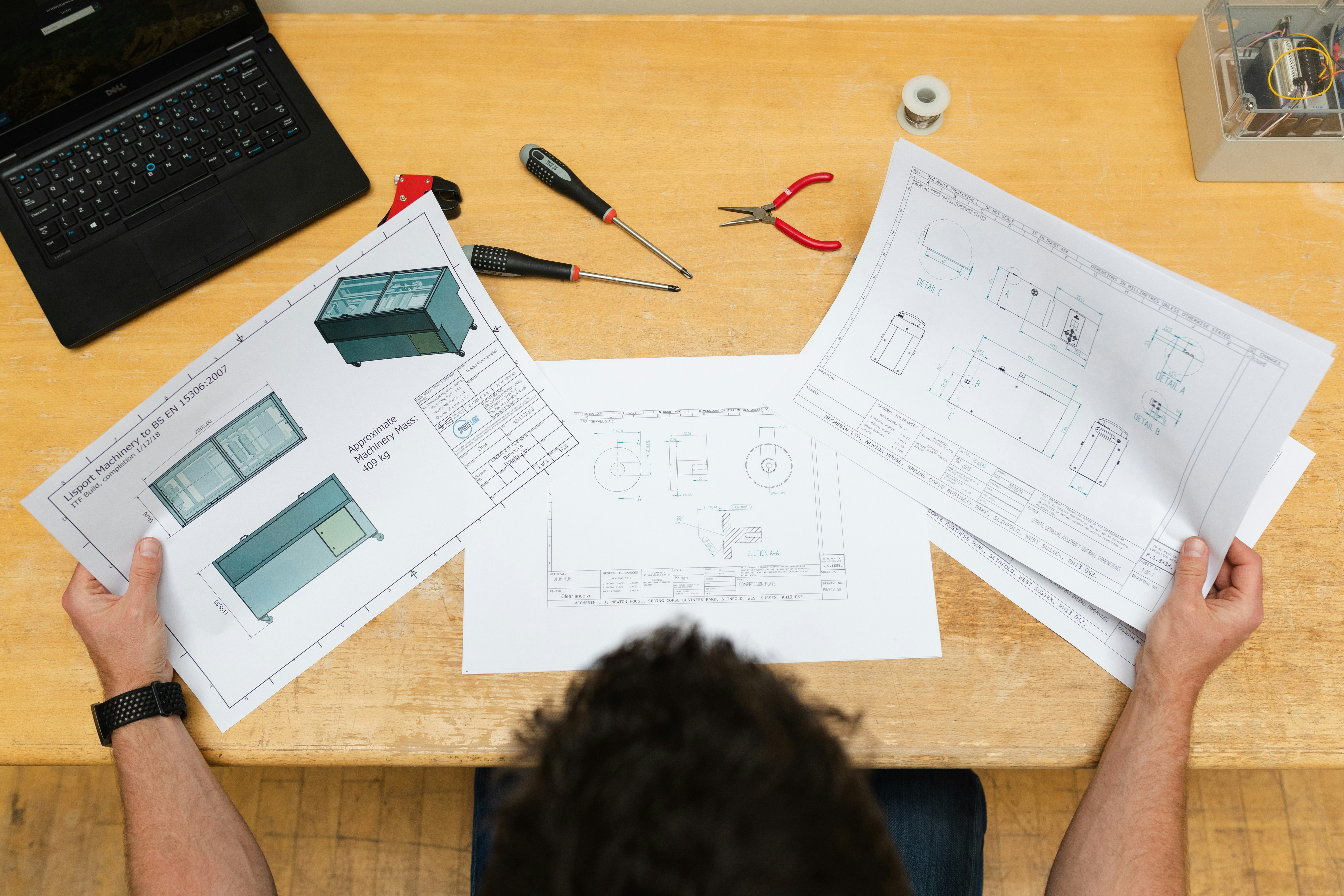Reduce Costs & Time in Construction Without Sacrificing Quality
 Nuno Maroco
Nuno Maroco

Reduce Costs & Time in Construction Without Sacrificing Quality
 Nuno Maroco
Nuno Maroco

07 April 2025 - 4 min read
How to Reduce Costs and Time in Construction Without Sacrificing Quality?
In today's fast-paced and cost-sensitive construction environment, staying on budget and on schedule is more challenging than ever. From unpredictable material prices to skilled labor shortages, project managers and developers face constant pressure to deliver results faster and more affordably. The good news? With strategic planning, technology adoption, and a shift in mindset, it's entirely possible to reduce construction costs and time—without cutting corners.
1. Start Smart Planning and Design Optimization
The foundation of every successful project begins long before the first shovel hits the ground. Investing time in the pre-construction phase can yield major time and cost savings later.
Building Information Modeling (BIM) is a powerful tool that allows project teams to visualize and coordinate the entire building process before construction begins. By simulating clashes in design and optimizing the sequence of activities, BIM reduces rework, change orders, and delays. Standardizing design elements—like using consistent floor plans or modular layouts—also cuts down design time and simplifies construction.
2. Lean Construction: Do More With Less
Inspired by lean manufacturing, lean construction is all about minimizing waste—whether that's wasted time, materials, or effort.
Practices like just-in-time delivery ensure that materials arrive precisely when needed, reducing on-site clutter and storage costs. Value stream mapping can help identify inefficiencies in workflows and optimize them. Simply put, lean construction helps projects stay focused, organized, and efficient from start to finish.
3. Embrace Prefabrication and Modular Building
Prefabrication—constructing components off-site in a controlled factory setting—has been a game-changer for reducing construction timelines and controlling costs.
Modules can be built while site preparation is still underway, leading to parallel progress that dramatically cuts the total build time. Factory-built components also benefit from better quality control, less weather exposure, and reduced labor costs. While not suitable for every project, prefabrication is especially effective in healthcare, hospitality, and residential construction.
4. Use Technology to Your Advantage
Technology isn’t just a buzzword—it’s a critical enabler of efficiency in modern construction.
By digitizing processes and improving visibility, technology empowers teams to make faster, smarter decisions.
5. Strategic Material Selection and Procurement
Material choices have a big impact on both initial cost and long-term value. Opt for materials that balance durability, cost, and sustainability. Where possible, consider alternatives that reduce labor intensity or speed up installation.
Procurement also plays a crucial role. Establish relationships with trusted suppliers, buy in bulk when practical, and lock in prices early to mitigate market volatility. A strategic procurement plan can lead to substantial savings across the board.
6. Skilled Labor and Workforce Efficiency
A well-trained workforce is one of the most important assets on a construction site. Invest in ongoing training, especially as new tools and technologies are introduced. Workers who understand how to use digital tools and automated equipment efficiently will be more productive and safer on site.
Construction firms can also benefit from partnerships with vocational schools and apprenticeship programs. These initiatives create a pipeline of skilled labor while supporting workforce development in the industry.
7. Risk Management and Contingency Planning
Every construction project involves uncertainty—but with proactive risk management, surprises don’t have to derail progress.
Develop detailed contingency plans for key risks: weather delays, labor shortages, supply chain disruptions, or design changes. Build in time and budget buffers for high-risk activities, and regularly reassess risks as the project evolves. By identifying and mitigating risks early, project teams avoid costly overruns later.
8. Conclusion: A Smarter Path Forward
Reducing costs and time in construction doesn't require sacrificing quality or cutting corners. Instead, it demands smarter planning, leaner execution, and a willingness to embrace innovation. Whether it's through digital tools, prefab construction, or better workforce strategies, the construction industry has powerful ways to build faster and more affordably.
As the demand for infrastructure, housing, and commercial spaces continues to grow, the most successful firms will be those that focus not just on what they build—but how they build it.